Colorized Historical Photos Bring History to Stunning Life

Photography dates back more than 200 years. Around 1816, Nicéphore Niépce created the first partially successful image. To date, the earliest-known surviving photograph dates to 1826 or 1827. Today, photography has progressed to the point where nearly every person who ones a phone holds a camera in their pocket. Along with advanced photographic technology, photo-enhancing tools have progressed to the point where sometimes it becomes difficult and near-impossible to tell if an image has been altered.
While this collection of images isn’t altering the content of the photos, these artists have taken it upon themselves to bring history to stunning life by coloring classic black-and-white photos to show what the images might have looked like if they were taken today. Images dating back to World War I and II, the women’s suffrage movement, and even the Lincoln assassination are presented in beautiful color. Which colorized historical photos are your favorite? Don’t forget to SHARE these photos with your friends, too!
Voyage to Explore Antarctica
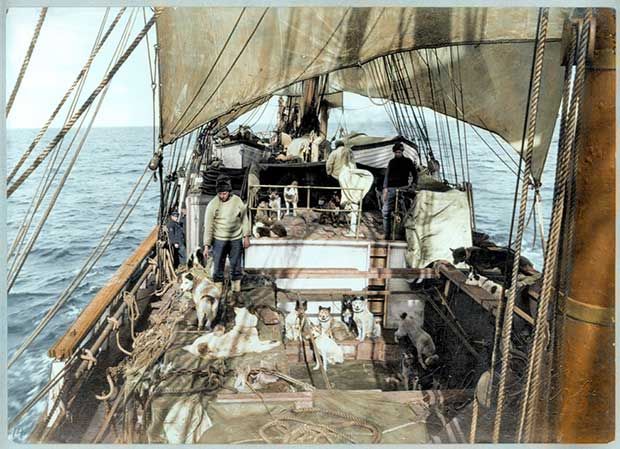
This photograph shows Robert Falcon Scott’s voyage to explore Antarctica, coined the “Discovery Expedition.” Notice the huskies aboard the ship; the dogs helped Scott and his men navigate the landscape of the South Pole in subzero temperatures. This photograph was originally taken in 1901 in black and white. Unfortunately, the British general and explorer froze to death on a second expedition to the Antarctic in 1912. Scott is memorialized with a cross atop Observation Hill in Antarctica. Its peak offers an awe-inspiring view of the land he explored.
Second Voyage : 'Terra Nova'

Thanks to the colorization, we’re able to see the same vibrant, beautiful view that those on Scott’s ill-fated second expedition saw. The tragic exploration was dubbed the “Terra Nova” expedition. “Terra nova” is Latin for “a new ground.” Sadly, Scott must have met his end a few weeks after this photograph was taken.
1917 World Series

Above you see Ted Jourdan, the White Sox first baseman, at the 1917 World Series. Two years later, eight members of the White Sox were indicted for partnering with gangster and illegal gambler Arnold Rothstein. They were accused of trying to throw the World Series for profit. These eight players became known as the “Black Sox,” but Jourdan was not a team member at the time.
White Sox Win
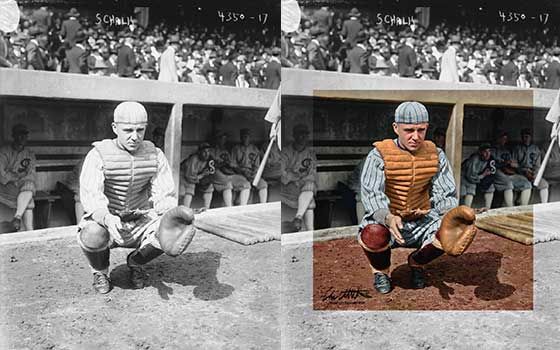
White Sox player Ray Schalk is shown here in 1917, after the team won the World Series. Schalk played in the 1919 Fall Classic, too — and he played to win.
'Good Game'
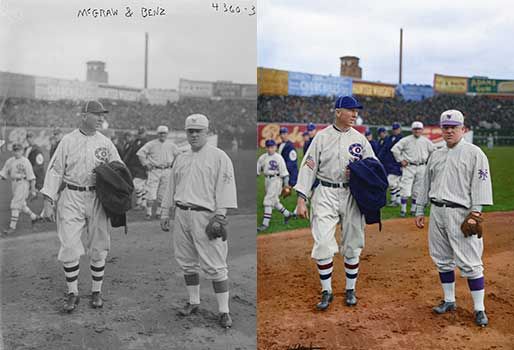
Pictured are Joe Benz, White Sox pitcher, alongside long-time New York Giants manager Joe McGraw. Note the American flag on Benz’s jersey — the Sox wore red, white, and blue jerseys during the 1917 World Series to honor the American troops that had entered World War I earlier that year.
Naïveté Preceding WWI

This little boy running toward his father as he marches off to battle depicts an element of innocence amid the horror of the war. The majority of the world’s countries formed two opposing military alliances — the Allies and the Axis. It was a state of total war, involving more than 100 million people from more than 30 countries. In fact, the major powers invested their nations’ whole economic, industrial, and scientific resources.
Division — Literally and Figuratively
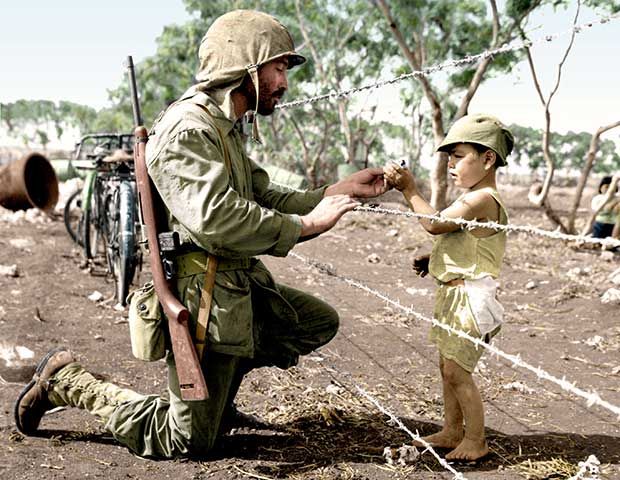
Division — both literally and figuratively —is particularly evident here, not to mention fitting for a WWII-era photograph. A U.S. Marine appears to be passing a gift to a small boy quarantined by a barbed wire fence.
Portrait of a Murderer
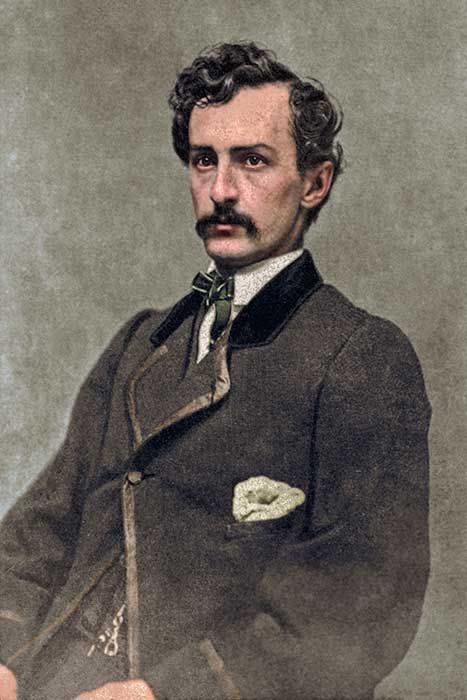
This portrait offers an up-close and chilling look at John Wilkes Booth, who notoriously assassinated President Abraham Lincoln. Theater-goers who witnessed Lincoln’s murder say that Booth shouted “Sic Semper tyrannis!” after shooting the president. This Latin phrase translates to “Thus always to tyrants!” Ironically, this is the state motto of Virginia, where Booth was shot to death less than two weeks after killing Lincoln.
Co-Conspirator Atzerodt
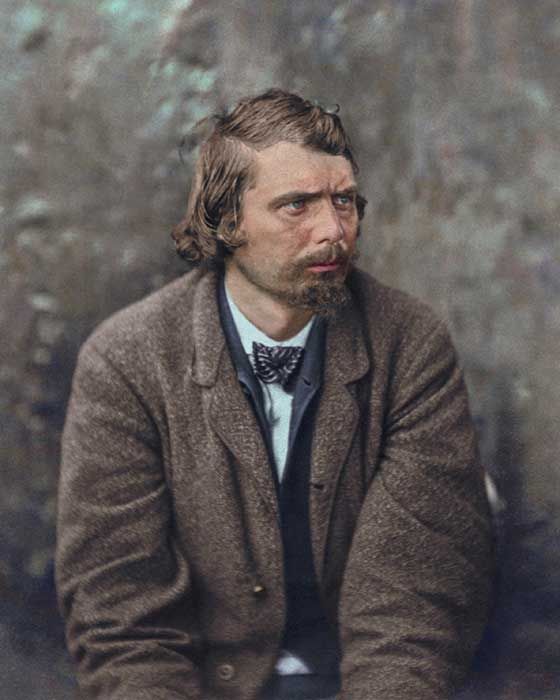
George A. Atzerodt was a German immigrant who launched a carriage repair business, which failed. Booth asked Atzerodt to assassinate Vice President Johnson — and he agreed. However, the would-be assassin lost his nerve and got drunk in a Washington D.C., hotel bar while Booth killed Lincoln.
Co-Conspirator Herold
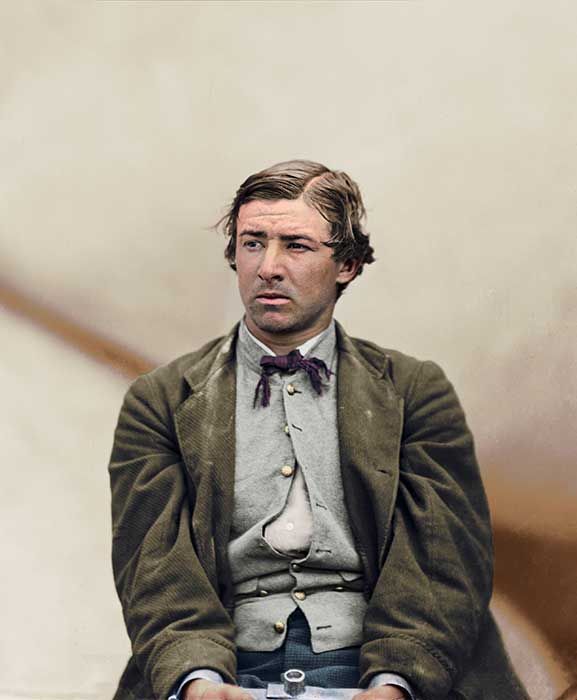
David Herold was another co-conspirator in Lincoln’s assassination. Herold helped Booth get medical attention after he was shot in the leg, and later hid with him in a barn. Eventually, Herold surrendered himself to police and was hung.
Co-Conspirator Arnold
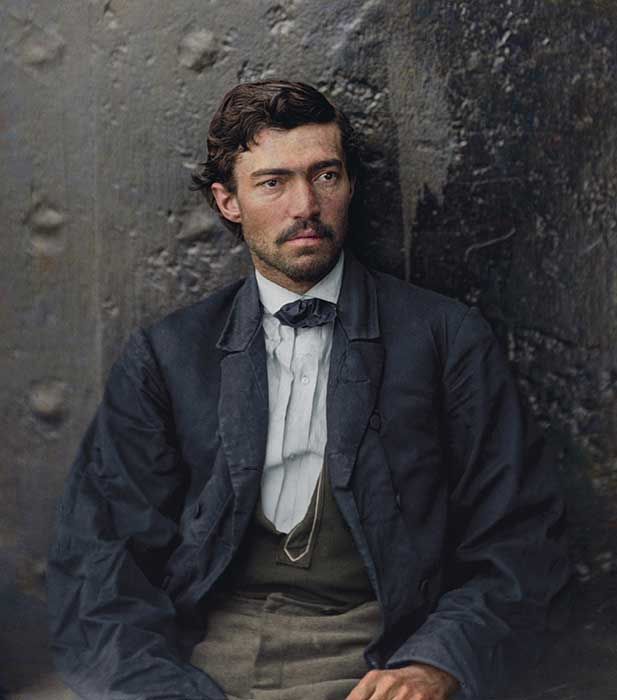
Samuel Arnold was involved in a plot to kidnap President Lincoln. That didn’t work, and Arnold wasn’t quite up to the task of assassinating the president. He only spent four years in prison.
Co-Conspirator Payne
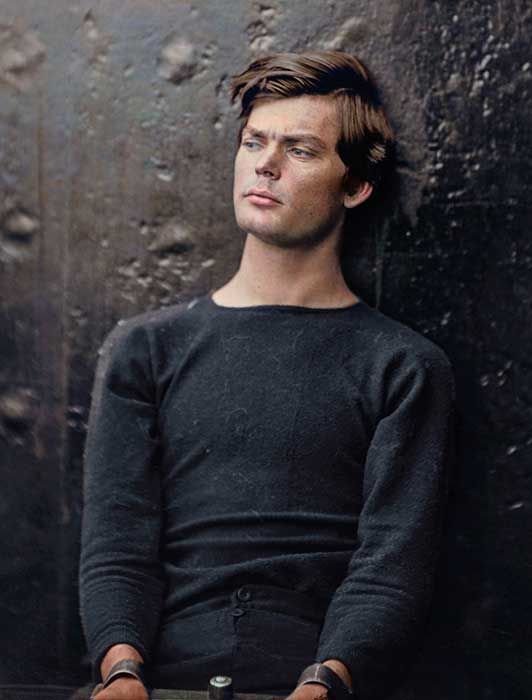
Powell was a Confederate solider injured at the Battle of Gettysburg. His task was to kill Seward, Lincoln’s secretary of state. He didn’t kill Seward; however, he did leave him with serious gunshot wounds. Powell was arrested a few days later.
Co-Conspirator O'Laughlen
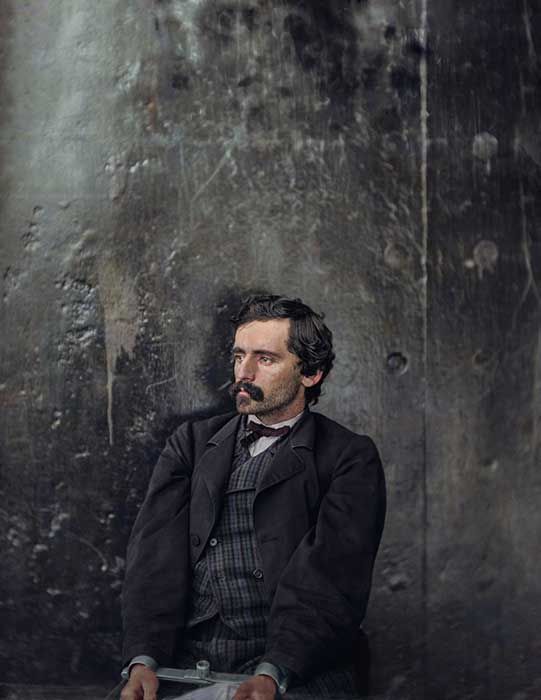
O’Laughlen grew up across the street from John Wilkes Booth, and the two became fast friends. He didn’t actually kill anyone, but he did assist in plotting the assassination. He was sentenced to life in prison, where he died of illness after nine years.
The Late POTUS Lincoln
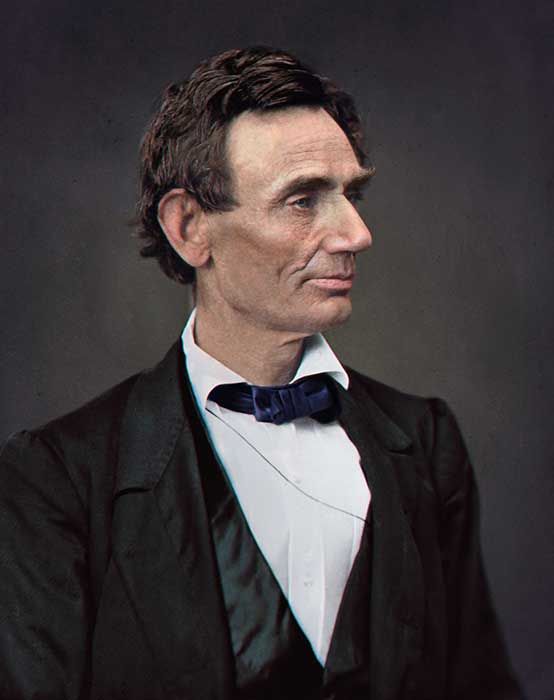
This portrait gives an up-close look at President Lincoln, and humanizes the tragedy of his death. Lincoln wore the same blue bow tie when he delivered the Gettysburg Address.
Waiting on President Coolidge
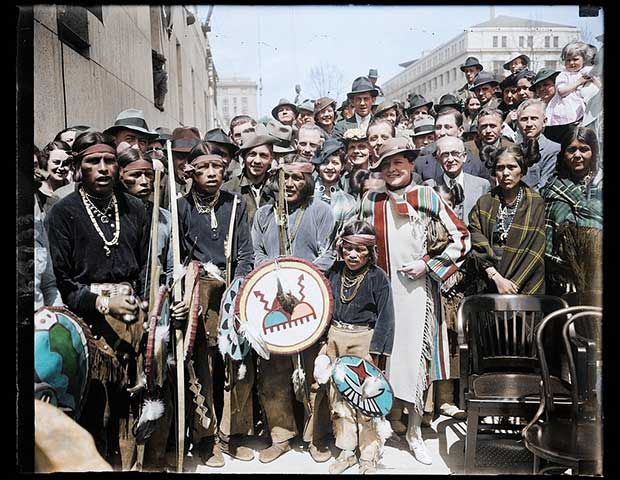
This remarkable photograph shows Native American men, women, and children in Washington D.C., waiting to speak to President Coolidge. In 1924, Coolidge signed the Indian Citizenship Act, granting citizenship to indigenous people. It was well-deserved- They had been in the country for generations before the “Americans” who automatically receive citizenship at birth.
A Portrait of America
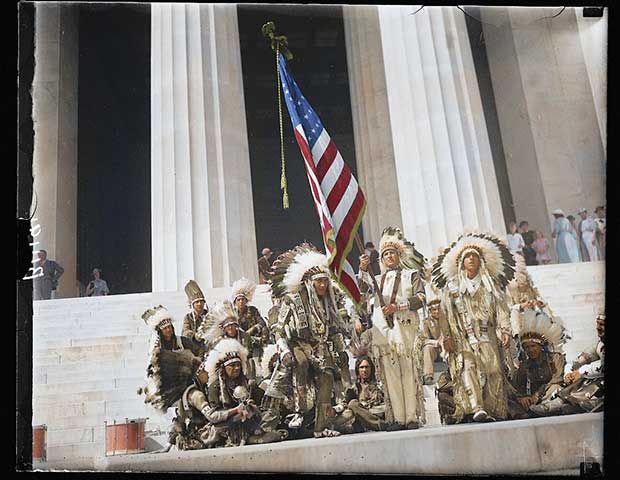
This is an iconic portrait of America. Its indigenous people stand on the steps of the U.S. Capital Building, waving the nation’s flag proudly. Native Americans wanted to show their dedication, upholding the values of the United States.
Meeting on Capitol Hill
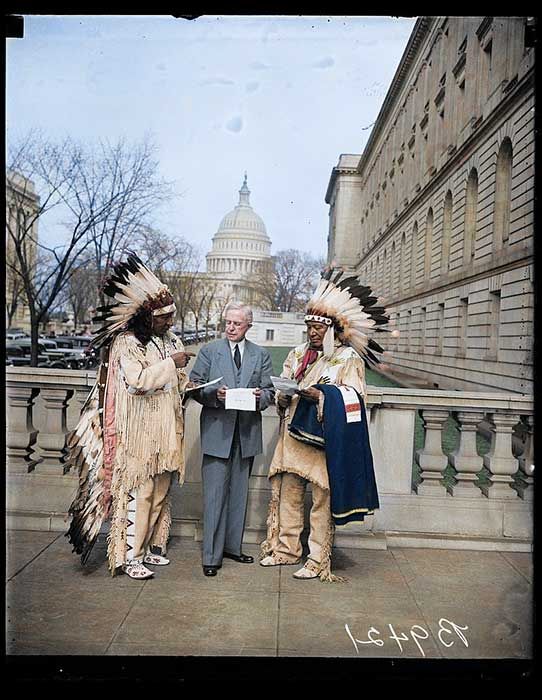
Two Native American elders, dressed in traditional garb, are shown discussing policy with a member of President Coolidge’s staff.
WWI German Soldier
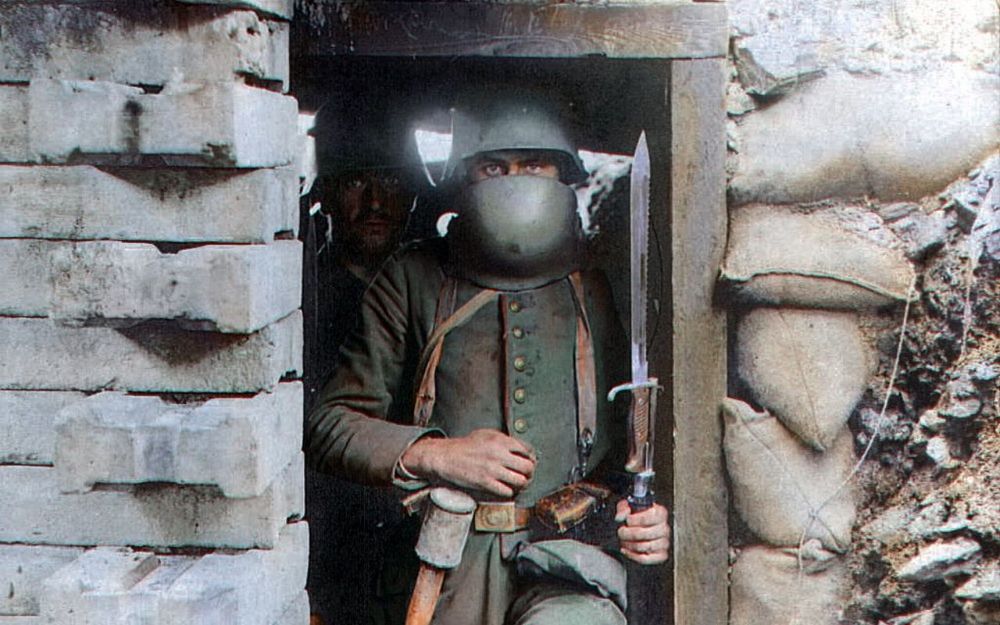
Seen here is a WWI German soldier with a saw tooth bayonet standing in a bunker wearing his protective face-plate. The face-plate was meant to keep the weight off his head until he raised it to place it over his helmet lugs.
Gone With The Wind Actress
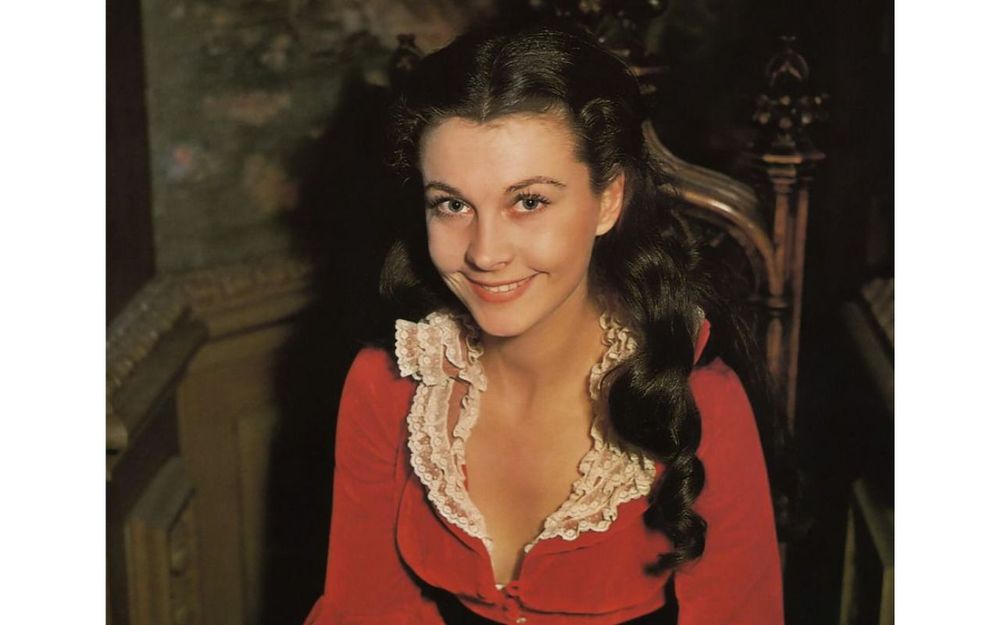
The sight of Vivien Leigh in color is astonishing to those who watched Gone With The Wind in their time. Everyone thought she was beautiful on a black and white television, but now her beauty stands out like never before.
President Coolidge Meets Native American Leaders
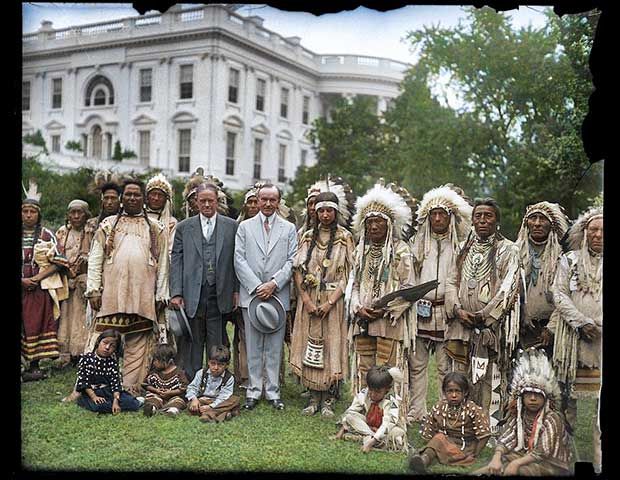
Class photo! The above photos shows President Calvin Coolidge with a group of Native Americans on the White House lawn. Here’s a little-known fact- Coolidge’s visitors enjoyed meeting his family’s pet raccoon, Rebecca.
Nazi Snipers: The Horror of World War II Begins
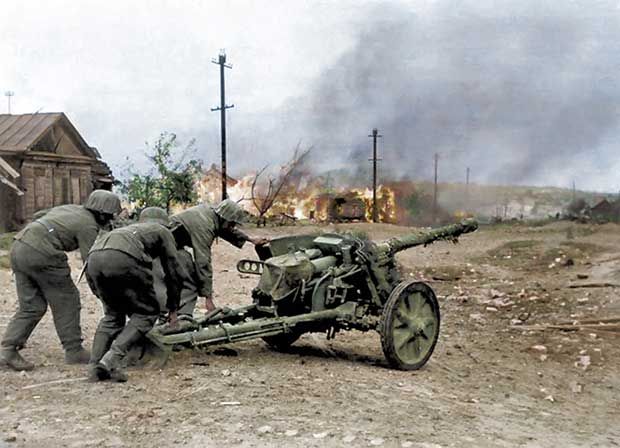
These snipers were soldiers in Nazi Germany’s army. During World War II, Hitler executed 48 of his own army’s generals.
Plane Down
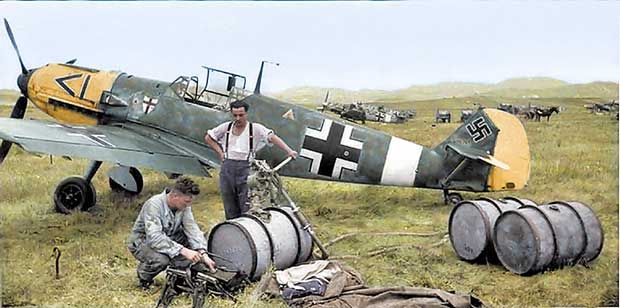
Two technicians work on fixing a Nazi fighter plane. Notice the swastika, which remains a chilling symbol of terror nearly 100 years later, on the tail of the plane.
The Many Casualties of WWII
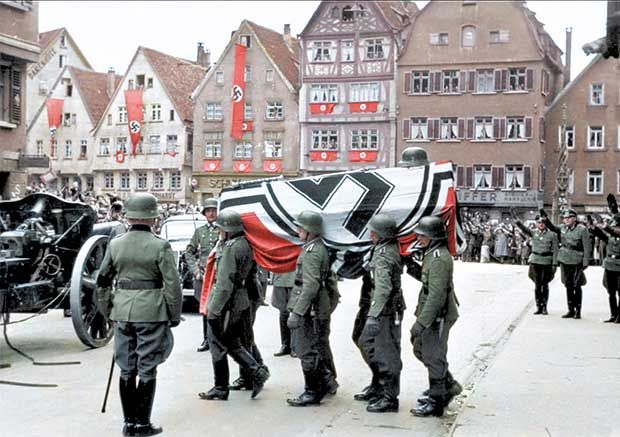
Above you can see Nazi soldiers gathered to honor a fallen soldier. World War II had the most casualties of any war — the world population was decreased by 3 percent, and Germany lost nearly 6 million citizens and soldiers.
Pacific War
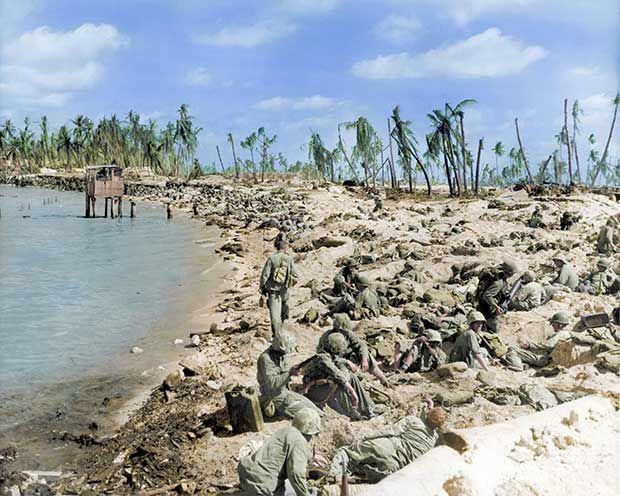
“The Pacific War” describes a portion of WWII in which combat was mainly between the Allied Powers and Japan. Above, the U.S. Army is shown attempting to recover on a beach in Southeast Asia. Of course, this “Pacific War” ended with the United States’ controversial use of atomic bombs.
Fight to the Death

Royston Leonard, who colorized this photograph from the Pacific War, wrote- The Japanese code was to not surrender and to fight to the very death which was their way to die in battle with honor, almost no prisoners were taken unless they were badly injured and could no longer fight.
U.S. Plane Shot Down
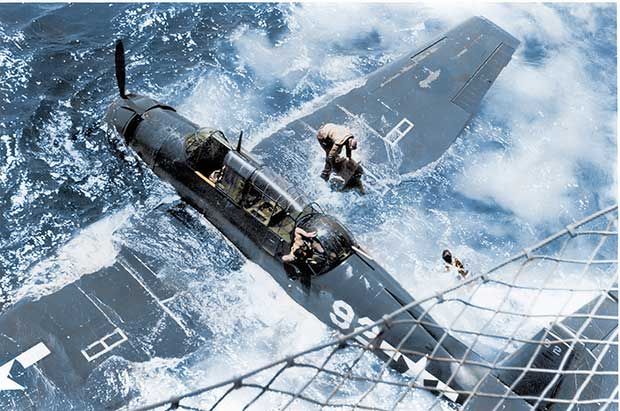
Here an American soldier attempts to save his comrade after their plane is shot down into the ocean. The colorization of this photograph makes the image more frightening — the blue hue of the plane matches the color of the ocean as the aircraft begins to sink.
Women Seek Voting Rights
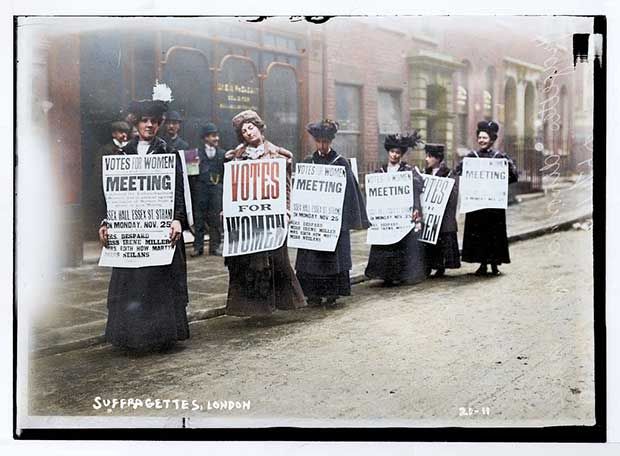
Taken in 1912, this photograph shows suffragettes campaigning for women’s right to vote. They won — eventually. The 19th Amendment was passed eight years later in 1920.
'We Will'
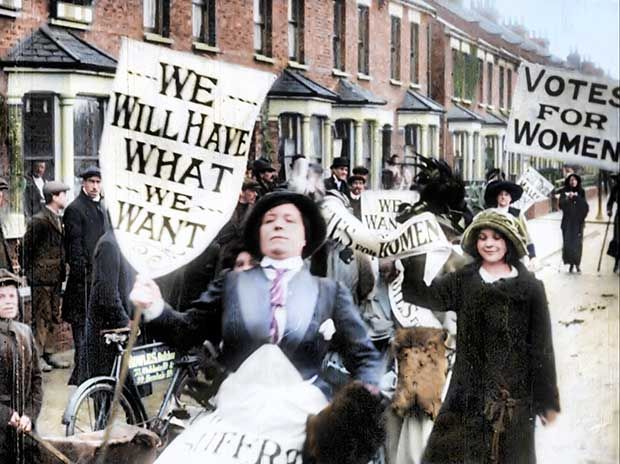
“We will have what we want.” This presents a strong, powerful message from women- “We don’t just want to vote. We will!” That persistence paid off when the suffragettes finally won women the right to vote.
Quick Links
